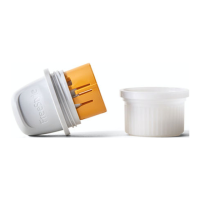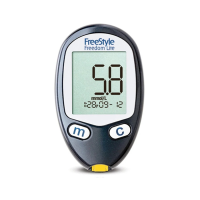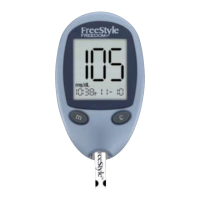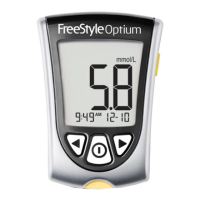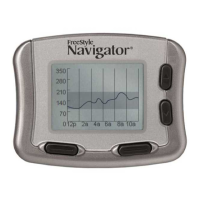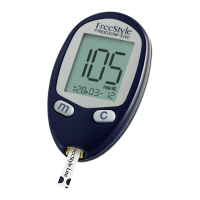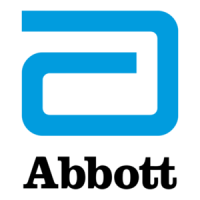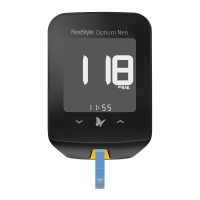defined redness”, and 4 “slight pink”), 5 instances of edema (3 slight edema, 2
slight edema with defined edges), 2 instances of mild bleeding, one instance of
mild induration and one instance of mild rash. In Study 3, there were 5 instances of
erythema (3 “well-defined redness”, and 2 “slight pink”), 4 instances of mild or
moderate bleeding, 2 instances of mild induration, one instance of edema
(“slight”) and one instance of mild itching.
Ascorbic Acid Interference
Taking ascorbic acid (vitamin C) supplements while wearing the Sensor may falsely
raise Sensor glucose readings. Taking more than 500 mg of ascorbic acid per day
may affect the Sensor readings which could cause you to miss a severe low
glucose event. Ascorbic acid can be found in supplements including multivitamins.
Some supplements, including cold remedies such as Airborne® and Emergen-C®,
may contain high doses of 1000 mg of ascorbic acid and should not be taken while
using the Sensor. See your health care professional to understand how long
ascorbic acid is active in your body.
Additional notes for Health Care Professionals
A clinical study was conducted to evaluate the effect of ascorbic acid on Sensor
performance. Data from 57 adult subjects with diabetes was collected over a 13-
hour period. Each subject had a one-hour baseline phase where venous blood was
collected every 10 minutes. After this first hour, a dose of 1000 mg ascorbic acid
was given with a meal and venous samples were collected every 20 minutes for the
next four hours. A maximum average Sensor bias of 9.3 mg/dL was observed
around 3 hours after the 1000 mg ascorbic acid dose. Subjects then received a
second dose of 1000 mg ascorbic acid with a meal and the same process was
continued for another 4 hours. A third dose of 1000 mg ascorbic acid was then
given and study subjects were followed for 4 more hours. After the second dose of
ascorbic acid the maximum average Sensor bias increased, with minimal change in
Sensor bias after the third dose, suggesting that saturation had occurred by the
second 1000 mg dose of ascorbic acid. The maximum average Sensor bias after
the three 1000 mg doses of ascorbic acid was less than 20 mg/dL.
Electromagnetic Compatibility (EMC)
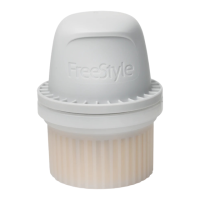
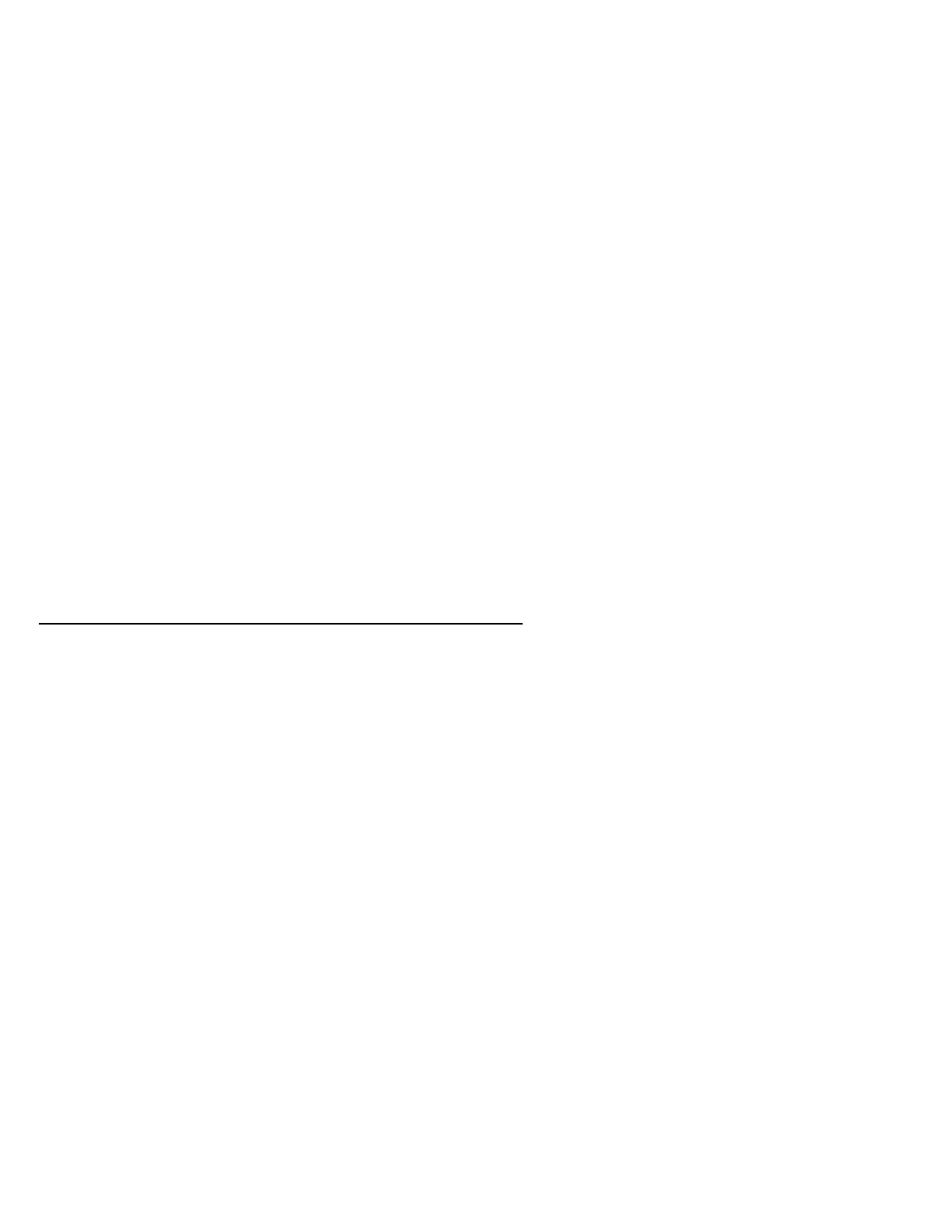